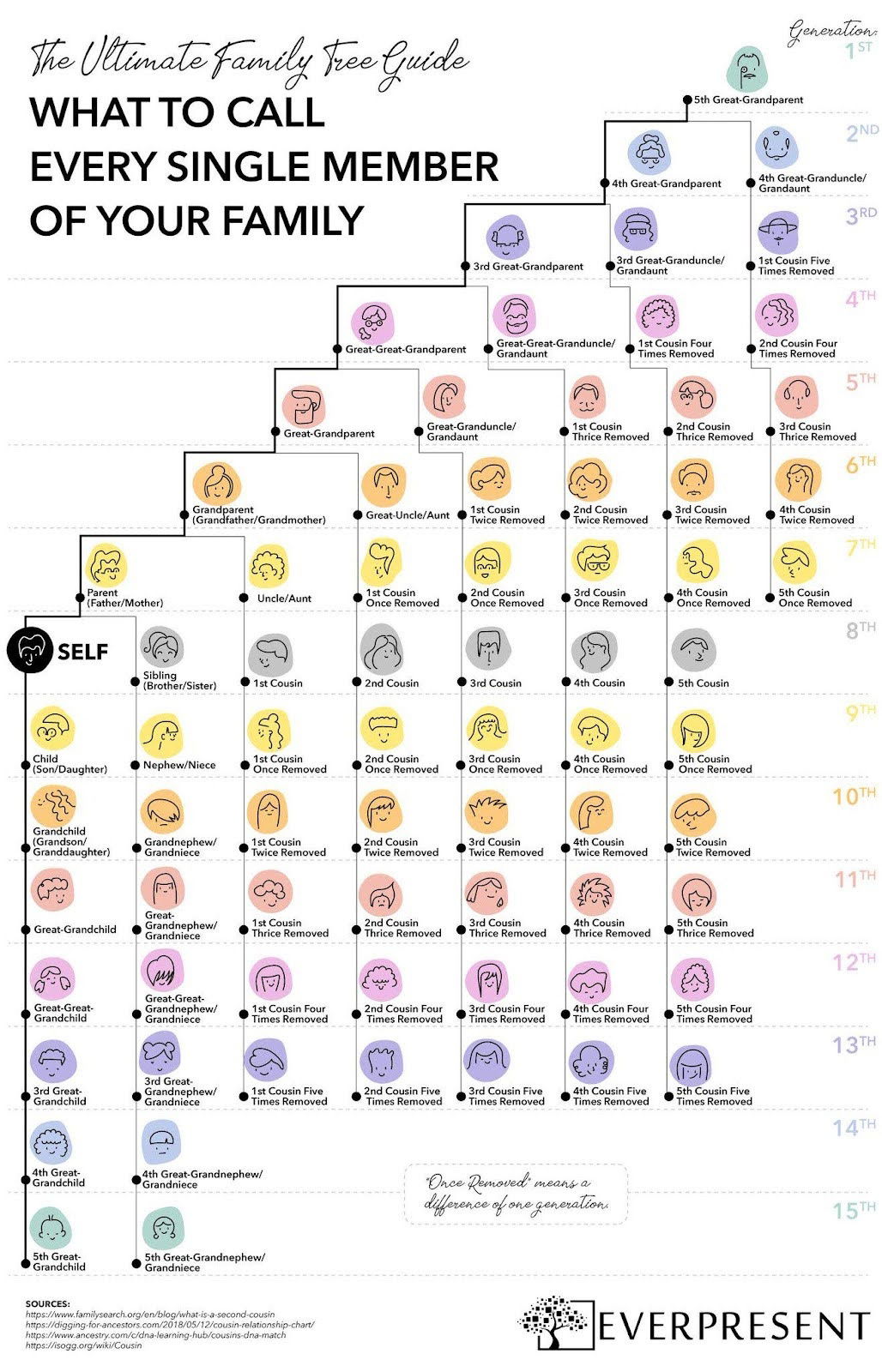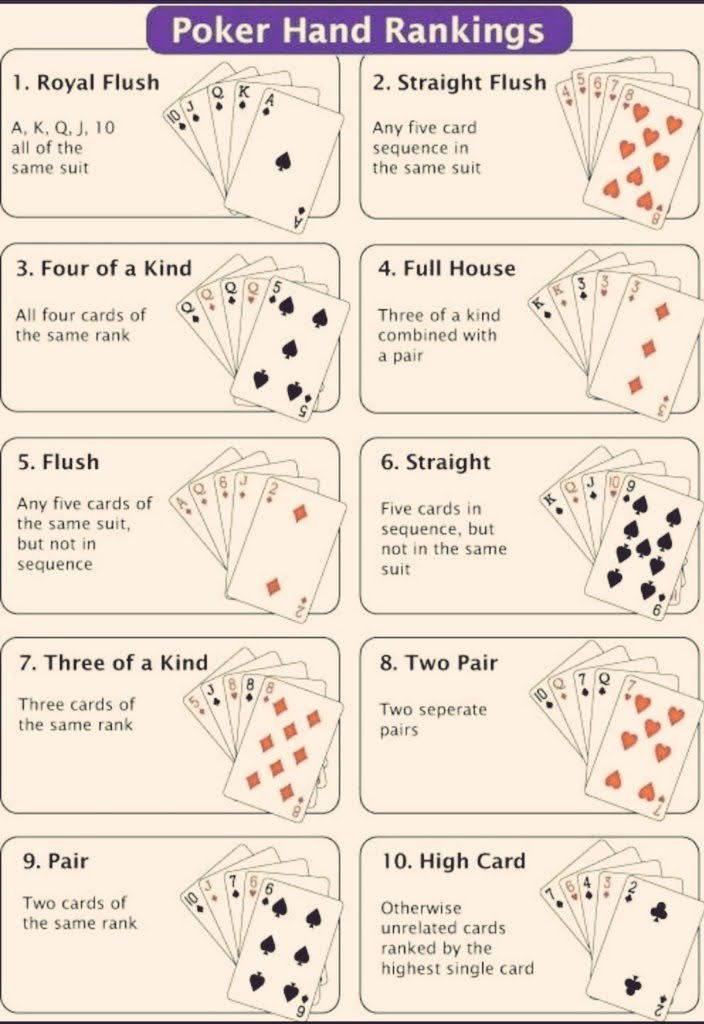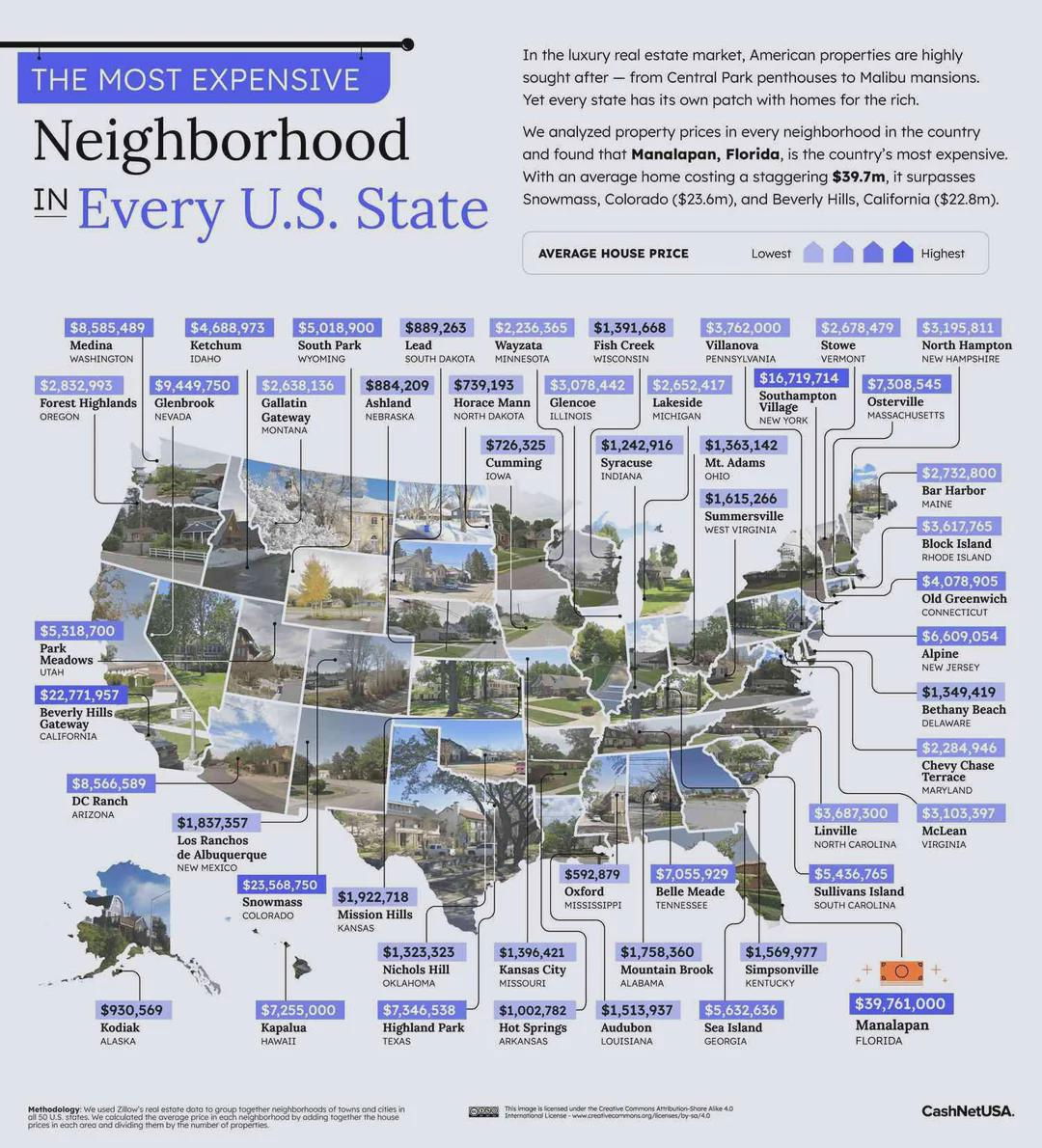
- Market Dominance: One of the primary motivations behind consolidation is the pursuit of market dominance. By merging with or acquiring competitors, companies aim to expand their market share, which often leads to increased pricing power and better negotiating leverage with retailers and suppliers. This allows dominant players to influence pricing structures and gain a more favorable position in distribution channels.
- Diversification of Product Portfolio: Consolidation often involves diversifying product portfolios. Companies may acquire or merge with firms that produce complementary beverages, such as energy drinks, bottled water, fruit juices, or even healthy alternatives. This diversification not only broadens their offerings but also helps them cater to changing consumer preferences and health trends.
- Economies of Scale: Larger entities resulting from consolidation can achieve economies of scale in manufacturing, distribution, and marketing. This can lead to cost savings, which can then be passed on to consumers through competitive pricing or reinvested in research and development for innovative products.
- Global Expansion: Many soft drink companies view consolidation as a means to expand their global presence. Through acquisitions and mergers, they can enter new markets or strengthen their foothold in existing ones. This global reach allows them to tap into emerging markets with growing consumer demand for soft drinks.
- Brand Synergy: Consolidation often brings together brands with strong market recognition. Companies strategically leverage the brand equity of acquired or merged entities to enhance their overall brand portfolio. Cross-promotion and brand synergy can drive sales and enhance consumer loyalty.
- Competition and Regulatory Scrutiny: As the soft drinks industry consolidates, it can raise concerns about reduced competition, which may lead to regulatory scrutiny. Antitrust authorities may evaluate mergers and acquisitions to ensure they do not result in monopolistic or anti-competitive behavior that could harm consumers or stifle innovation.
- Innovation and Product Development: While consolidation can lead to the streamlining of operations, it can also foster innovation and product development. Larger, more resource-rich companies have the capacity to invest in research and development, enabling the creation of new beverages that align with changing consumer preferences, such as low-sugar or functional drinks.
- Sustainability and Environmental Concerns: The soft drinks industry faces increasing pressure to address environmental concerns related to packaging and waste. Consolidation can facilitate the sharing of best practices and resources to accelerate sustainability initiatives, including the development of eco-friendly packaging and recycling programs.
- Consumer Choice and Customization: In some cases, consolidation may result in greater consumer choice and customization options. Companies can harness data and consumer insights to tailor their product offerings to specific demographics or regions, ensuring that consumers have a more personalized experience.
Image Description
The image is a pie chart illustrating the dominance of three major companies—Coca Cola, PepsiCo, and Keurig Dr Pepper—in the soft drink market. Together, they control almost 94% of the market, with Coca Cola holding 46.3%, PepsiCo 25.6%, and Keurig Dr Pepper 21.7%. The chart features logos of various brands owned by these companies.
Positive Aspects
The pie chart effectively visualizes the overwhelming market control by just three companies in the soft drink industry. It highlights the concentration of power and brand ownership, which ties in well with the post's discussion on industry consolidation. The colorful logos and clear percentages make it easy to comprehend at a glance.
Key Takeaways
- Market Dominance: Three companies hold 94% of the soft drink market, demonstrating significant consolidation.
- Brand Diversity: These companies own over 50 brands, showcasing their expansive product portfolios.
- Economies of Scale: Consolidation allows these giants to benefit from cost savings in production and distribution.
- Regulatory Concerns: The consolidation raises potential issues of reduced competition and increased regulatory scrutiny.
- Global Reach: The mergers and acquisitions help these companies expand their global market presence.
Additional Insights
It's fascinating to see how these three behemoths can influence consumer choices and prices due to their sheer market power. With such dominance, they can shape trends, innovate with new products, and even lead sustainability efforts. However, the flipside is the potential stifling of smaller competitors and limited consumer choices in some regions.







